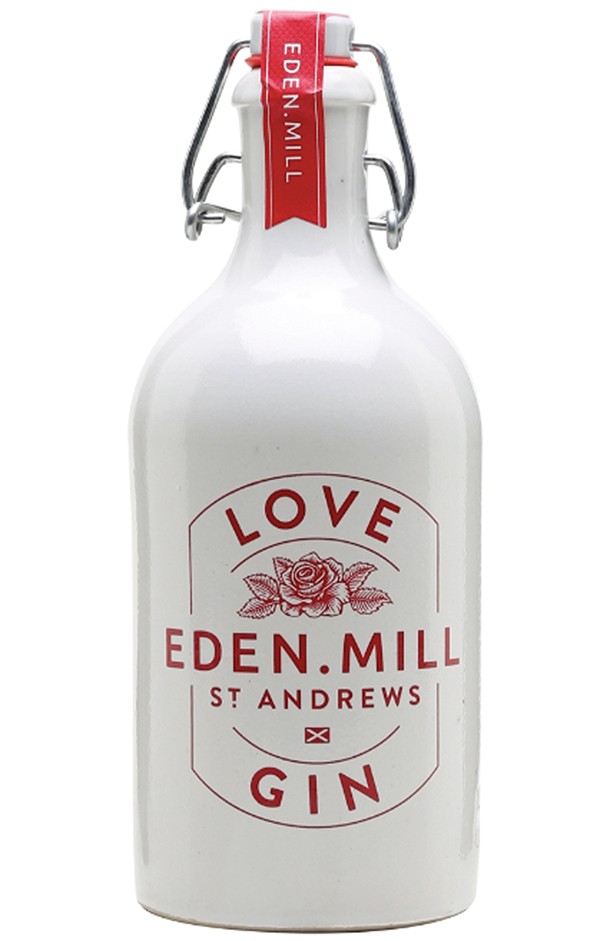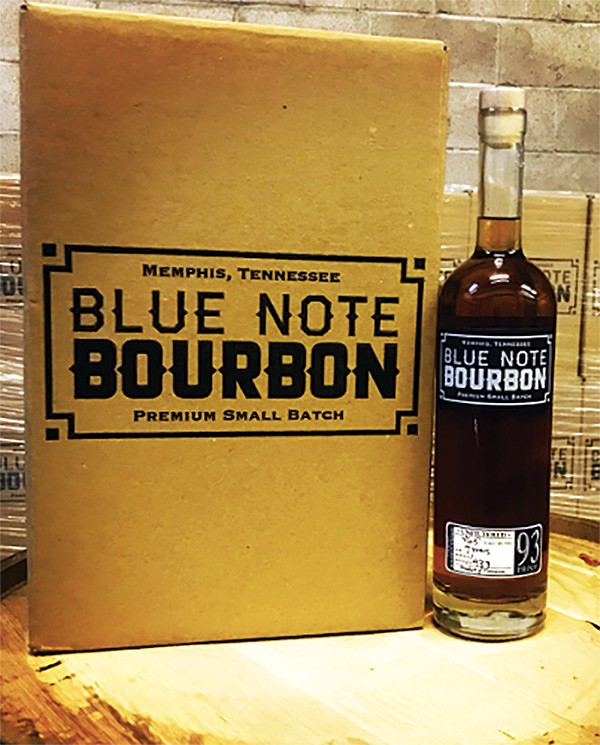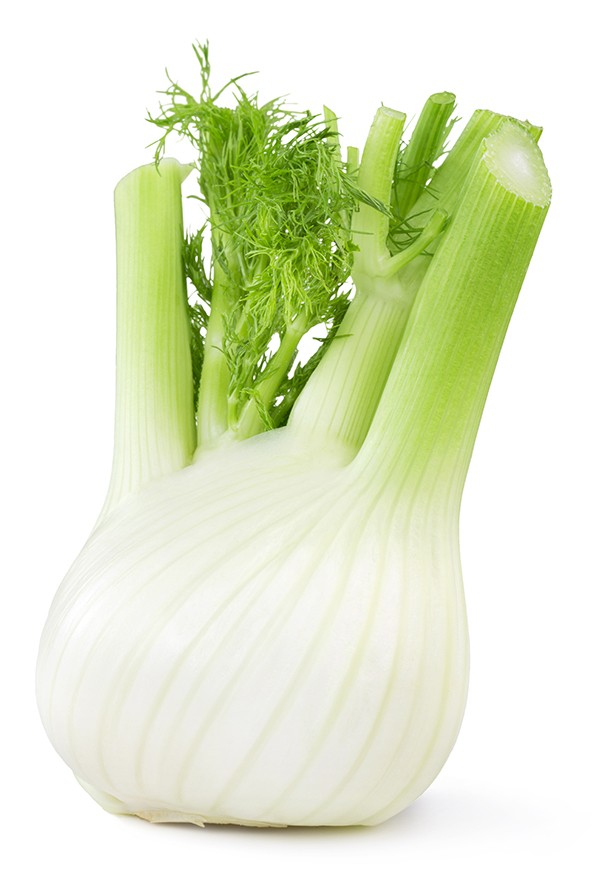When rapper Co Cash dropped his Tay Keith-produced Interscope Records debut, F.A.C.T.S., at the end of April, the album received ripples of praise from the usual suspects — magazines like XXL and youth culture-driven websites like Uproxx. Then an incident in Nashville on May 14th landed Co Cash in the national spotlight. That evening, he performed a free concert at the Mercy Lounge with Yo Gotti and Detroit rapper 42 Dugg, a new signee to Gotti’s Collective Music Group label and Lil Baby’s 4PF imprint. After the show, Gotti’s tour bus sat outside the Loew’s Vanderbilt Hotel, where it was struck by multiple rounds of gunfire from an unnamed assailant. Gotti is no stranger to violence — an ongoing feud with fellow Memphian Young Dolph has led to headline-making violence in cities as far-flung as Los Angeles and Kansas City.
 David Rams
David Rams
Co Cash
Fortunately for Co Cash, he was nowhere near the scene outside Loew’s. The 24-year-old Memphis-to-Nashville transplant, an alumnus of White Station High School’s class of 2013, was already home when the shooting happened. The situation hardly gave Co Cash pause. “Whenever Gotti brings me out, I’m coming,” he says. “I think it was just some stuff going on with random people. I didn’t ride on [Gotti’s] bus; I had my own trucks for the tour.”
Eager to discuss his own career-in-the-making, Co Cash shifts the conversation to another Nashville headline-maker: the late, great country anti-hero Johnny Cash. He’s a diehard fan. In May 2018, Co Cash debuted his new Man in Black-styled moniker after rapping for years under the Rico Dinero persona, staking his claim via the opening lines of his debut mixtape, Foolhardy. “First name Co/Last name Cash/I’m from the city of Memphis,” he avows on the album’s first track, “Take One.”
For the release of F.A.C.T.S. (the title is an acronym for the statement “Fuck a critic, I’m the shit”), he posed in front of the Johnny Cash Museum, on Third Avenue South in downtown Nashville. “Johnny Cash was a cool dude,” Co Cash says. “It ain’t really about the music — it’s the attitude, the swag.”
Like his namesake, Co Cash has spent plenty of time on the streets of Memphis. “I’m really from the Whitehaven area, but I’ve lived everywhere in Memphis,” he says. Another similarity: Both are somewhat dark horses in the quest for success. Johnny Cash survived the violent, premature death of his older brother Jack, plus his own addictions to barbiturates and amphetamines, to become one of the greatest-selling music artists of all time. Co Cash also sees music as an escape — and he says that he “always feels like an underdog,” despite racking up accolades like 2 million YouTube views for his “Cash Day” single.
The music created by Cash and Keith, his collaborator since high school, has little to do with outlaw country music, however. Lil Nas X’s breakout hit “Old Town Road” practically sounds like a Blake Shelton anthem in comparison to the 12 songs that make up F.A.C.T.S. Co Cash drops F-bombs and N-words aplenty, sticking to typical trap music subject matter like blunts, bad girls, and gold chains. Yet if you try hard, you can hear the lineage between tracks like Johnny Cash’s 1964 song “Two Timin’ Woman” and “Bonjour,” the second track on F.A.C.T.S. Same sentiments, different century.
Another rising Memphis export, BlocBoy JB, lends a verse to “Boatload,” and Atlanta-based bubblegum trap artist Lil Yachty appears on the album’s closer, “Told Me.” But the hottest star on the album is Keith, a fellow White Station alum who acquired his bachelor’s degree in Mass Communication from Middle Tennessee State University while producing a formidable set of multi-platinum hit singles, including Eminem’s “Not Alike,” Drake and BlocBoy JB’s “Non Stop,” and Travis Scott’s “Sicko Mode.” Keith, the subject of a recent Forbes Magazine profile, is the current go-to producer for Memphis’ latest crop of Billboard chart-topping rappers. “We’ve always had a musical connection,” Co Cash says of his relationship with Keith. “His beats come from my flow, and my flow comes from his beats.”




 Crosstown Arts
Crosstown Arts  Ivan Mateev | Dreamstime.com
Ivan Mateev | Dreamstime.com  Vivilweb | Dreamstime.com
Vivilweb | Dreamstime.com 